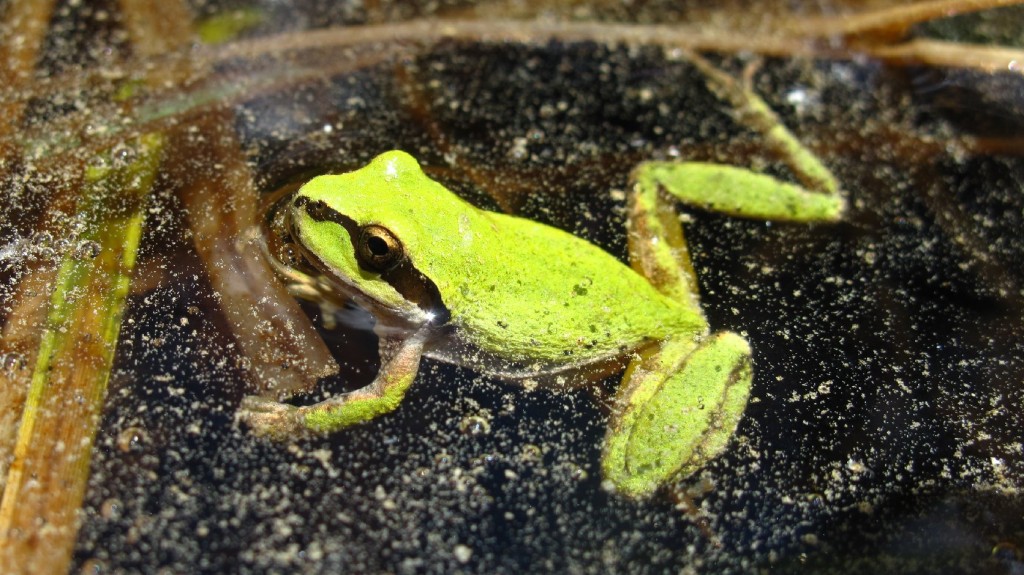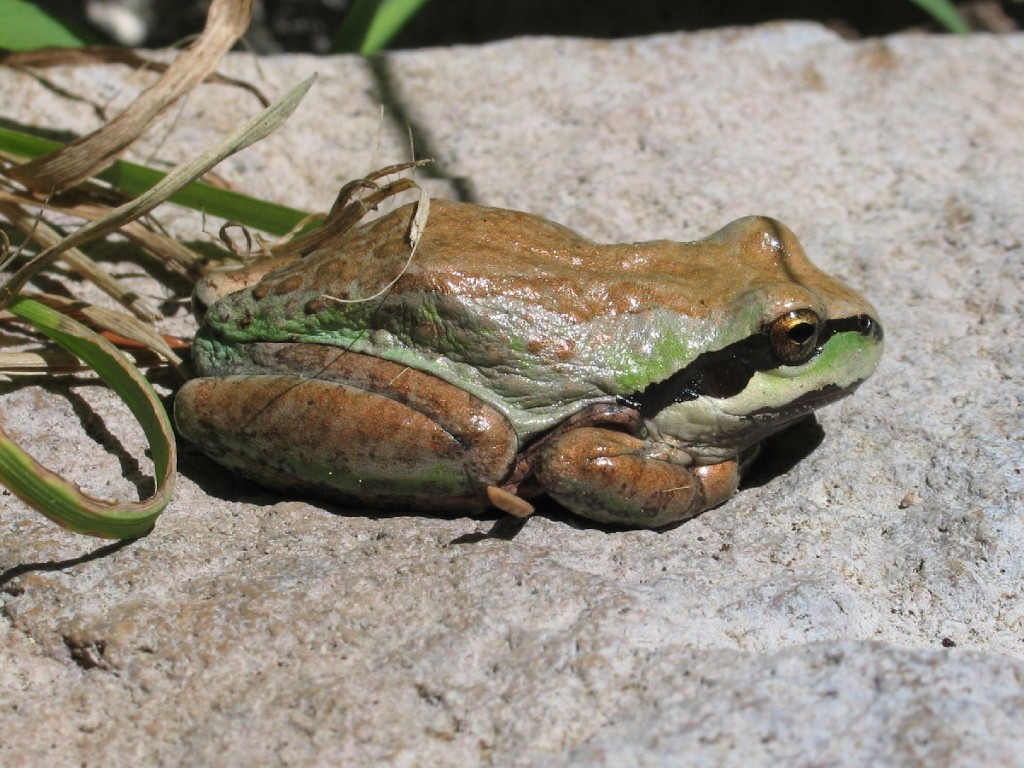
Extinction is part of life. Nearly all species that ever lived are extinct, with new species arising as old ones disappear. But we’ve been losing species so fast over the past several decades that a field once dominated by paleontologists pouring over evidence spanning millions of years, now commands the attention of ecologists grappling with the global hemorrhaging of species in real time — right before our eyes.
No class of animals dramatizes the magnitude of the biodiversity crisis better than amphibians. Ecologists first reported their disappearance from protected areas in the 1980s. Today, a third of Earth’s 6,000 frog, toad, salamander, newt and caecilian species face extinction. With as many as 122 species presumed lost forever and 43 percent in decline, amphibians are vanishing faster any other animal class in human history.
Biologists with the U.S. Geological Service delivered more bad news in May, reporting that American amphibian populations are vanishing at an average rate of 3.7 percent a year. Echoing the first reports of serious trouble more than three decades ago, the researchers found losses even in protected parks and wildlife refuges managed to conserve biodiversity.
As amphibians continue their downward spiral, ecologists struggle to understand the animals’ responses to the likely agents of their destruction, including habitat loss or disturbance, disease, climate change and contaminants. It’s extremely difficult to tease apart which of these factors, acting alone or in combination, are driving declines in any one region.
But a recent study from the lab of aquatic ecologist Rick Relyea, a professor of ecology and evolution at the University of Pittsburgh, shines a small ray of light on a very dark picture. In an earlier study, Relyea found that glyphosate (otherwise known as Roundup), an herbicide widely used to control weeds in agriculture, killed 98% of tadpoles in his study within three weeks and 79% of juveniles in just one day. But pesticides can also cause defects without killing. Maybe stresses that don’t kill offer enough of a cushion for individuals to cope with the stress until more enduring adaptations can emerge in a population.

With more than 500 pest species now resistant to the insecticides used against them, Relyea reasoned, maybe frogs, and other unintentionally exposed species, could adapt to these chemicals over time too.